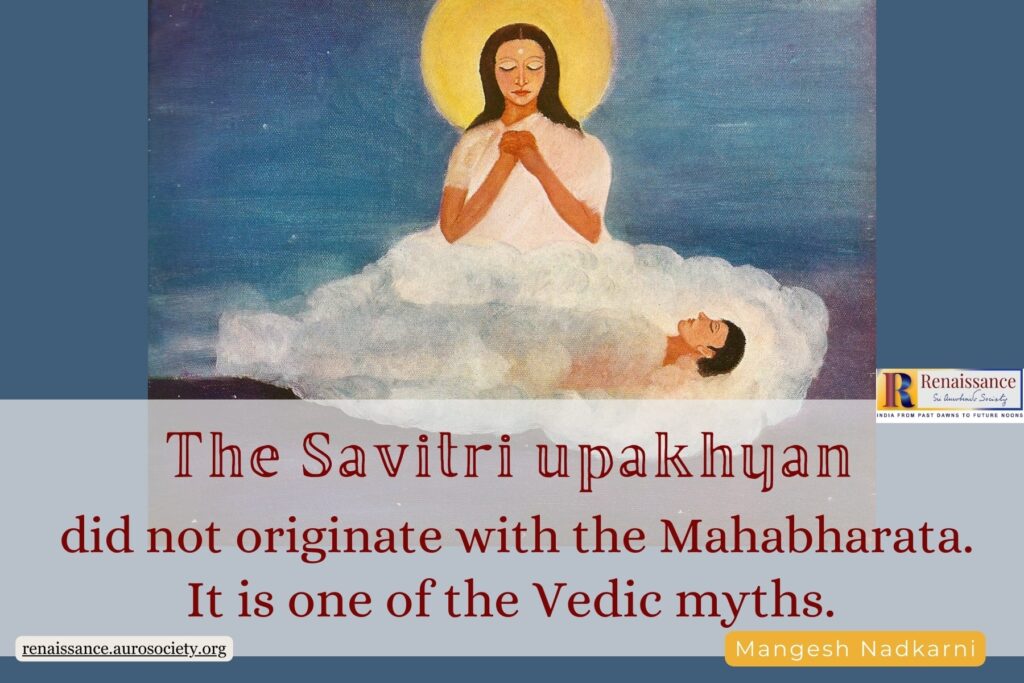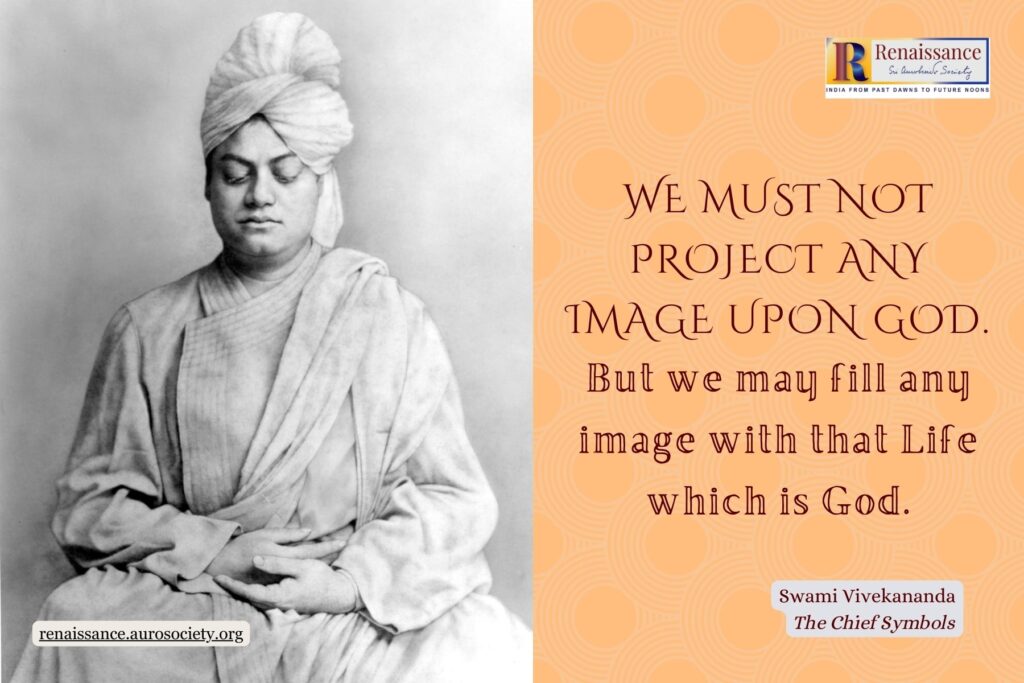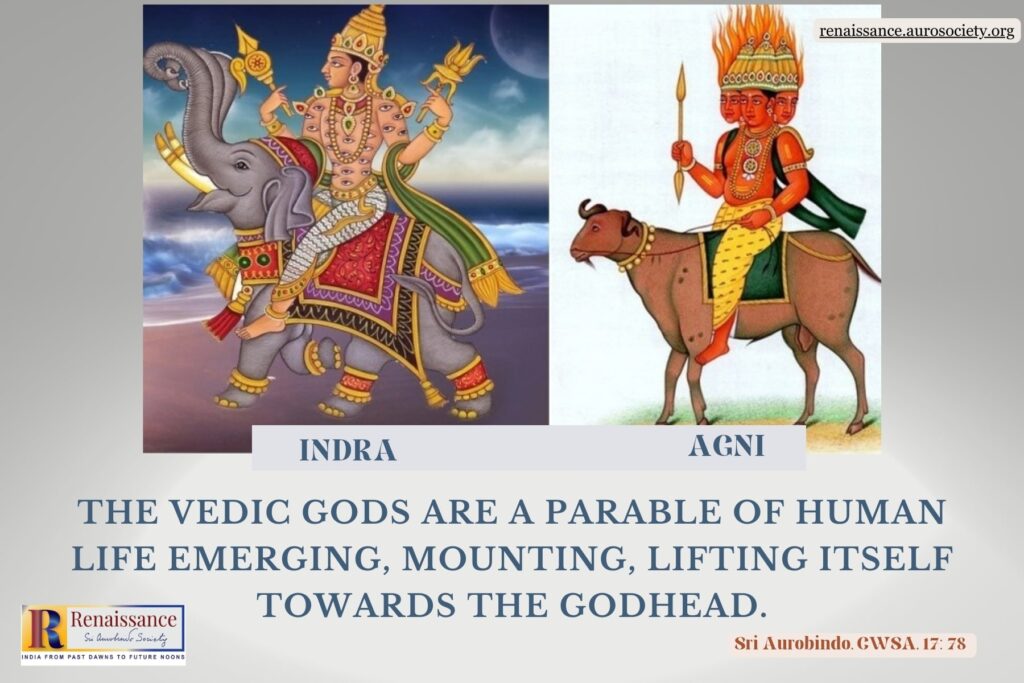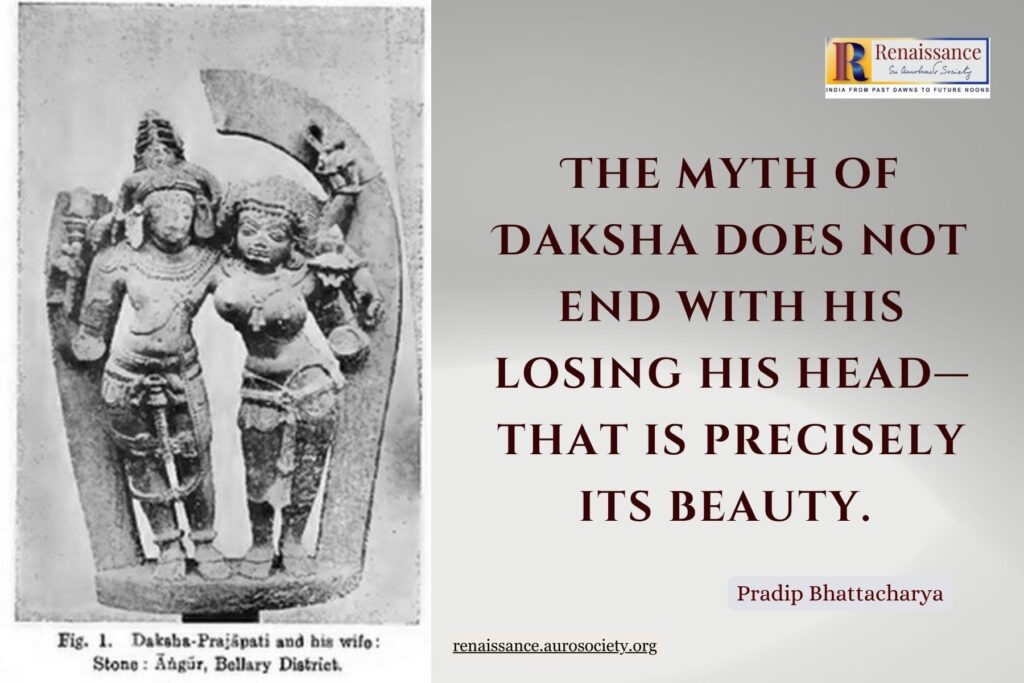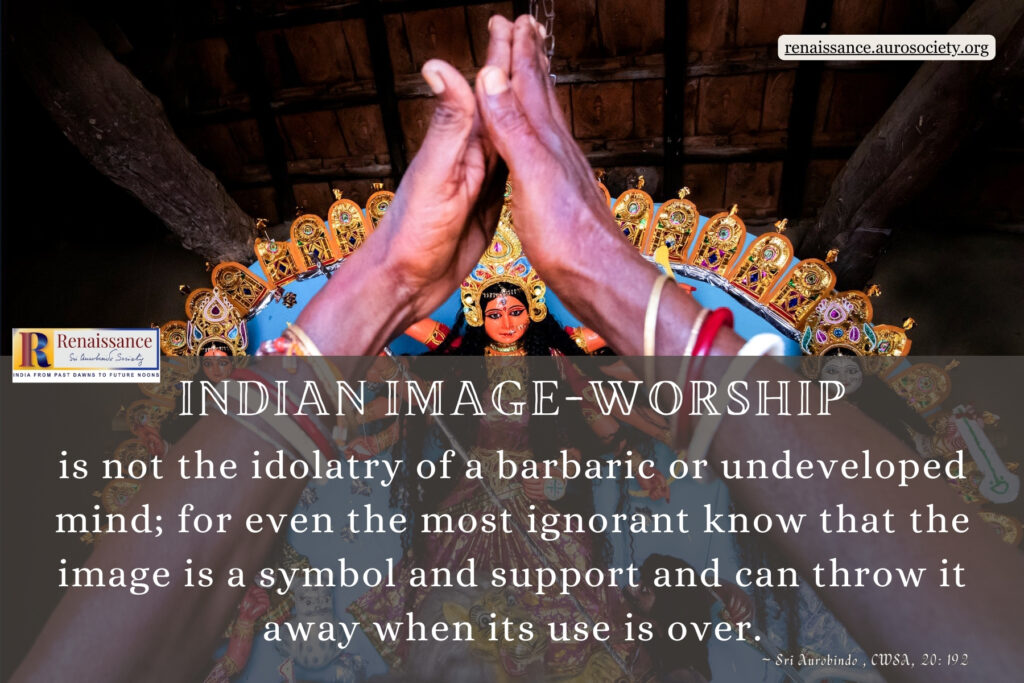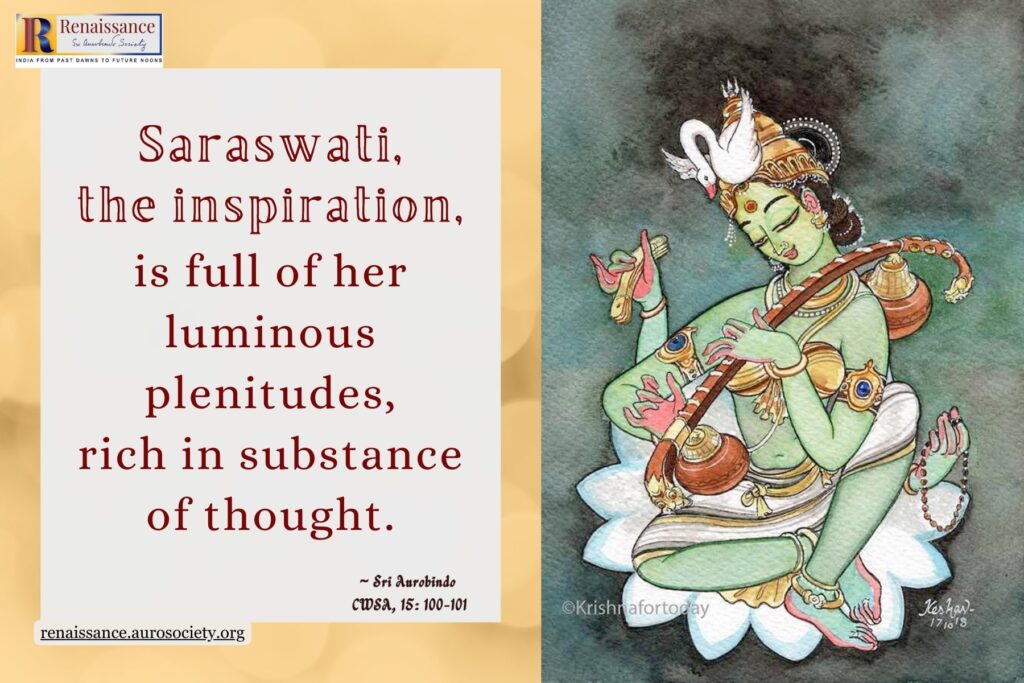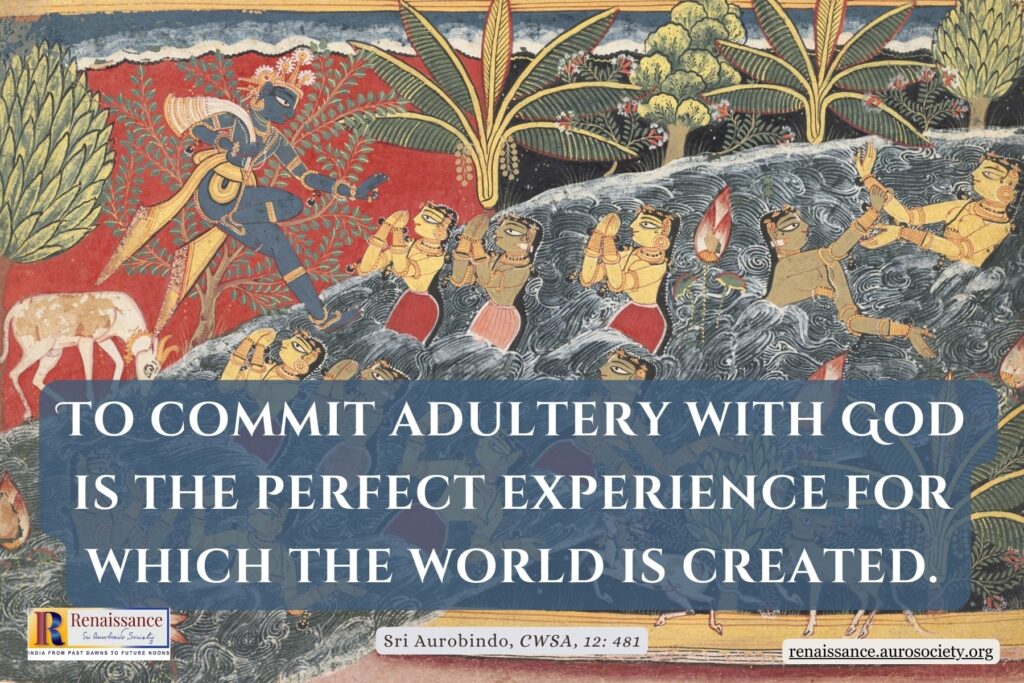Sri Aurobindo’s Savitri and Vyasa’s Savitri – 1
Under the title of his epic poem, Savitri, Sri Aurobindo added “A Legend and a Symbol”. What is this legend? And what does the poem symbolize?
Sri Aurobindo’s Savitri and Vyasa’s Savitri – 1 Read More »

